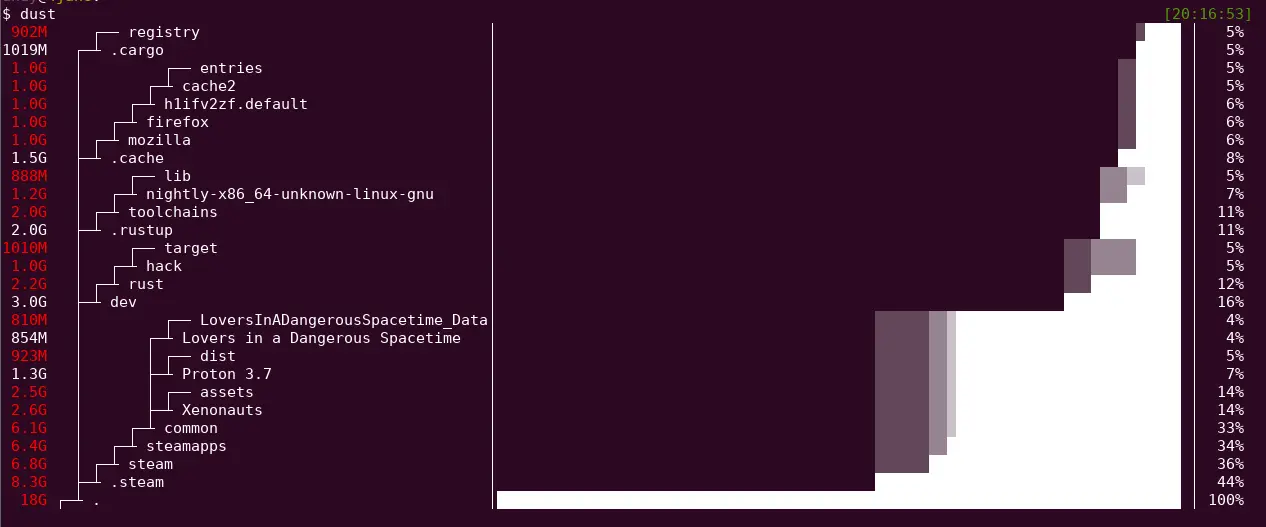I haven’t experienced that at all and I embed all kinds of pictures and links in my 2-3 years of grad school + personal notes. How many is “a lot” to you?
If it genuinely is a logeq problem did you ever try splitting notes into multiple graphs for different topics?









Apparently I’m in the minority, but I love Logseq. I’ve used it with Syncthing for personal notes and grad school for the past three years with no hiccups. Maybe my success with it is partially due to nested bullet points already being how my brain works but the default paradigm is perfect for me.
The plain markdown files are organized reasonably, so I can straight up use Vim as my notes editor if I want.
Tags (#) create a new page to easily circle back to topics later without interrupting your thought pattern to make that structure manually. Once you leave edit mode for the line the tag becomes a link to that page. Some of my favorites are #clothes-that-fit (where I can easily embed a picture of the tag of what I’m trying on to look for deals online later), or #reading-list.
It’s just so useful.